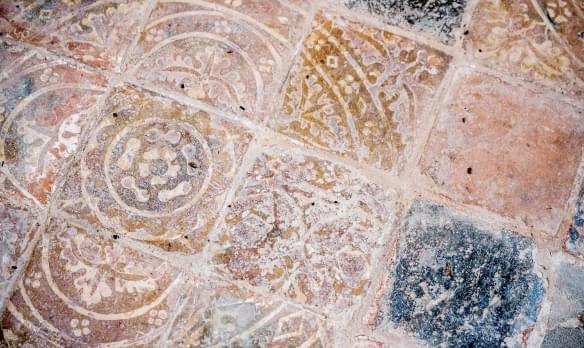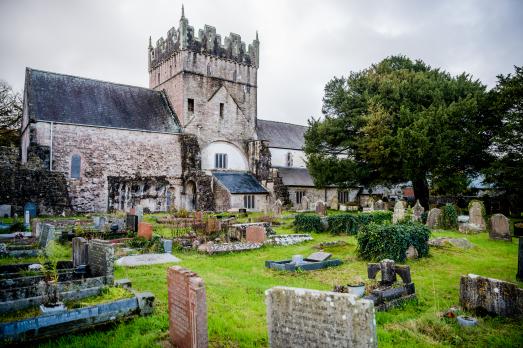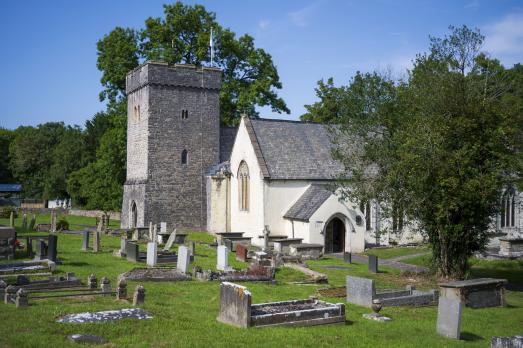
Hawes Junction Chapel
Garsdale Head, Cumbria | LA10 5PT
Mount Zion Chapel was opened in 1876, the same year in which the Midland Railway Company opened the famous Settle to Carlisle railway, serving the local community of railway employees and farmers.








